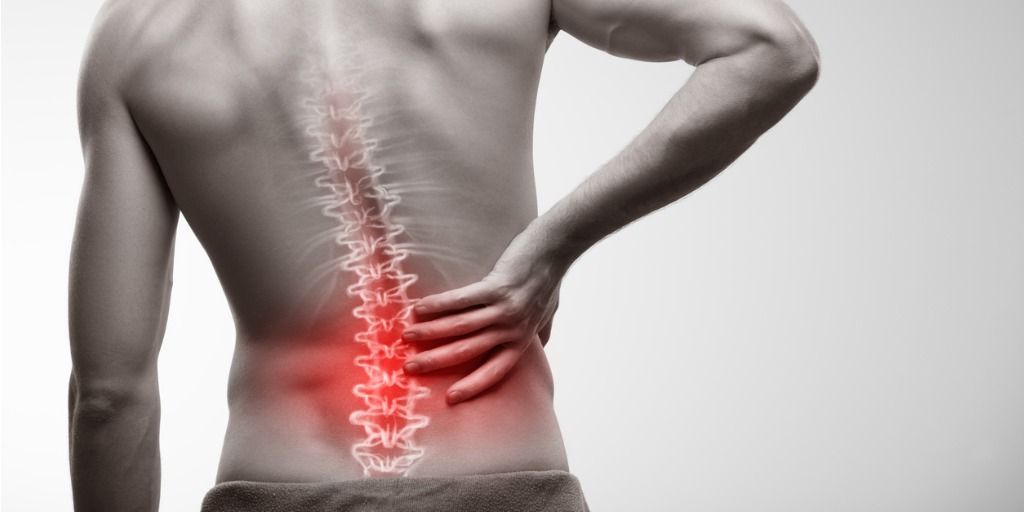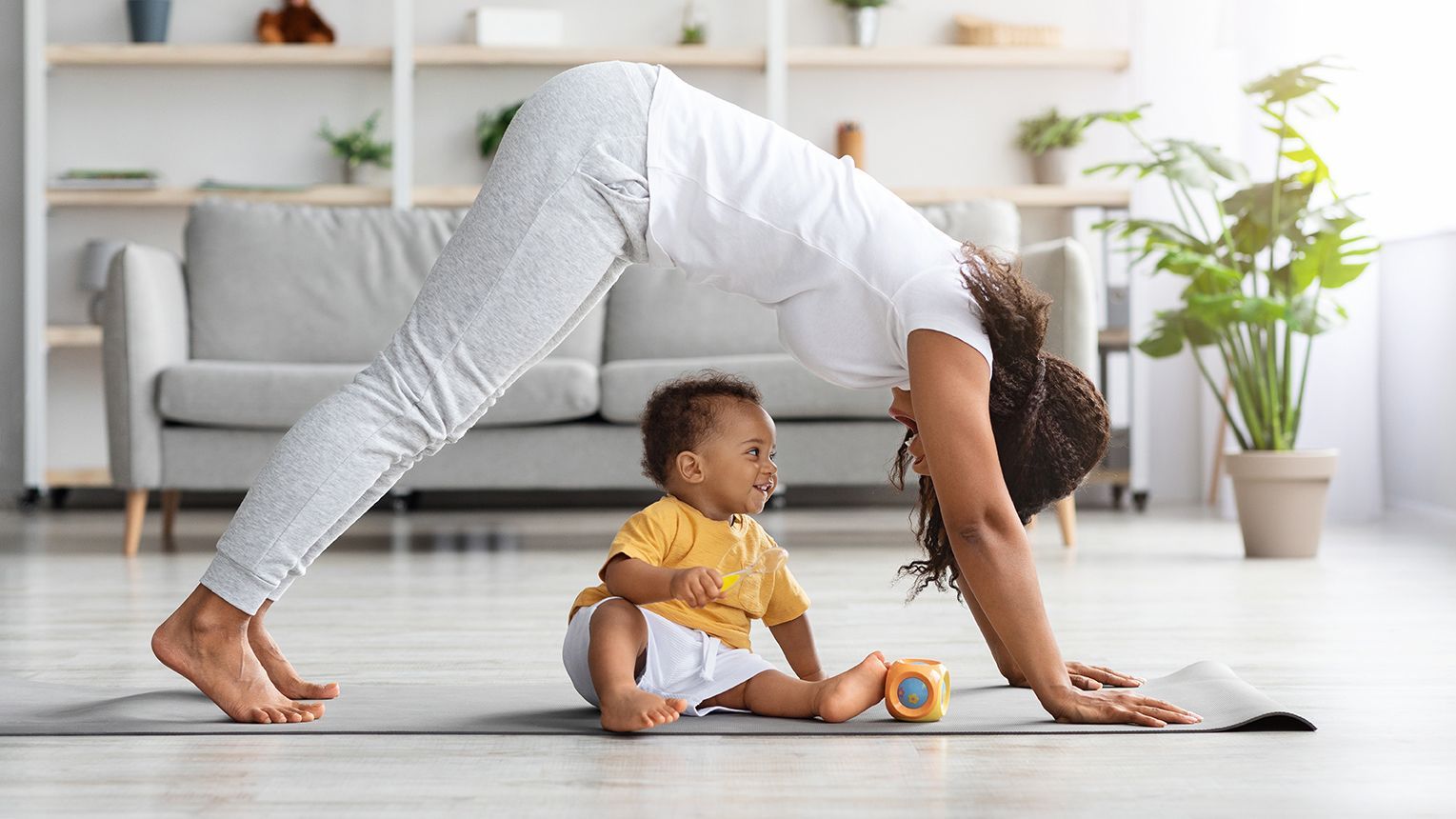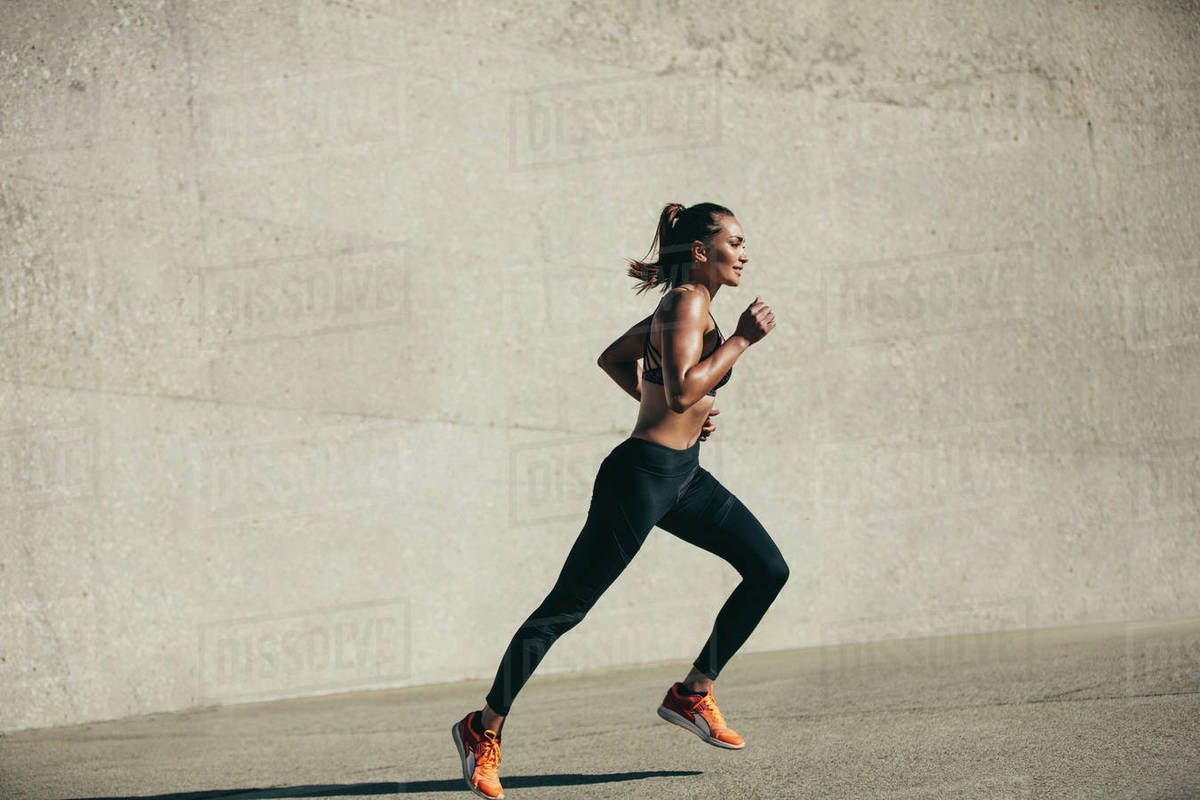Core Stability Training: Post Pregnancy
In this blog I would like to discuss core training, with a particular focus on training the core effectively after pregnancy. Firstly, I feel it is necessary to define what ‘the core’ is and the job it does with regard to exercise and movement (don’t worry, I won’t bore you with too much anatomy and physiology. I’ll keep it as light a read as I can).
The core can be defined as a muscular box that surrounds the abdomen and works to stabilise the lumbar spine during movement. It consists of the pelvic floor as the base, the diaphragm as the roof, the abdominals (TvA wraps around body) and obliques at the front, the paraspinals and glutes at the back and the quadratus lumborum as the sides.
When functioning as it should, the core musculature prevents any unwanted movement of the spine when still and when moving the limbs, by the co-ordinated co-contraction of deep and superficial muscles on both the anterior and posterior aspects of the body (McGill 2007, Akuthota et al 2008). Basically; the top, bottom, front, back and sides of the abdomen stiffen in a particular sequence to stop any rotation, flexion (forward bending), extension (backward bending) or lateral flexion (side bending) of the lumbar spine.
I often see people performing sit-ups, crunches or dorsal raises to train their core musculature. Whilst this could potentially increase the strength of various core muscles (in the sense that you are able to flex the trunk more forcefully), it does not increase the ability of the core to stabilise the spine. This is because the musculature of the core does not work in isolation or to generate movement, all the muscles must be trained to activate in sequence so that there is no excess movement throughout the lumbar region when we move the limbs (McGill 2007, Sahrmann 2002, Fredericson & Moore 2005, Kibler 2006). Research suggests that exercises such as sit-ups and crunches are less effective ways to train the core, because these exercises focus on generating motion rather than preventing motion as well as potentially increasing the risk of injury to the intervertebral discs (McGill & Callaghan 2001). Many exercise professionals are now utilising stability exercises that specifically focus on limiting motion, for example, Planks, Bird-Dog and Pallof Press variations are used instead of the crunch and sit up variations.
During pregnancy various physiological and anatomical changes occur to allow a human to grow inside of you (or your partner). These changes often have an effect on your ability to stabilise the core. A hormone called relaxin is released, which softens connective tissue to allow for the uterus to expand (Conrad 2011). This leads to various postural changes that will need to be addressed before you begin to re-train the core. First of all, I have to admit that I have never been and (without some serious scientific breakthrough occurring) I never will be pregnant, so I’m speaking from a purely theoretical and research based perspective here, not from personal experience. However, that being said I am able to offer advice that will help with retraining your core after pregnancy.
A common problem experienced by women during pregnancy is a widening/thinning of the connective tissue that holds the two bellies of the rectus abdominus muscle (6 pack) together called Diastasis Recti (DR). This occurs due to the release of relaxin as well as the force of the uterus pressing on the abdominal wall. A small amount of widening of the tissue occurs in all pregnancies and will occasionally close by itself, however for a large number of women the gap does not close, which can be problematic. If you have DR it is important to fully strengthen and activate the muscles of the core to close the gap before engaging in any exercises that require the abdominal muscles to be used to prevent excess extension in the lumbar spine. This means no planks, push ups, quadruped exercises until the muscles have properly healed. There are specific exercises that are able to help with this type of abdominal separation which are based on the work of a physical therapist called Shirley Sahrmann. The pelvic floor musculature can also be affected by pregnancy.
The pelvic floor musculature forms the base of the core; it stretches from the pubic bone to the base of the spine (coccyx) and helps to control bladder function. If the pelvic floor is weak you may have more difficulty preventing the bladder from leaking during more strenuous movement e.g. lifting, coughing. This is called stress incontinence and is common amongst women who have given birth. It is unlikely to repair without training, so it is important for future bladder control to re-gain control of the pelvic floor after pregnancy and birth.
Women can also experience an anterior pelvic tilt during pregnancy (Franklin & Conner-Kerr 2007). As the uterus grows to accommodate the growing baby, the pelvis can tip forward. This causes certain muscles to become over tight or hypertonic and others to become atrophied/weak or hypotonic. The hip flexors become hypertonic and the glutes and hamstrings become hypotonic. If correct function is to be restored it is necessary to re-train the weakened muscles and stretch/loosen the muscles that are too tight. This allows the pelvis to tilt back to a neutral position, which is important for gaining optimal spinal alignment. If an anterior pelvic tilt is present, you can fix the issue with glute strengthening exercises such as glute bridges and hip thrusts as well as hip flexor and quad stretching/releasing exercises such as foam rolling or various quad/hip flexor stretches.
So, finally – what does all of this mean to you?
I’ve simply highlighted some issues that can occur and some things to avoid, now comes what you should include in a training plan. You will first need to assess your pelvic position and the level of separation of the rectus abs; once that has been assessed you can work through the Sahrmann progressions to fix the DR or begin to mobilise the hip flexors and activate the glutes if you have an APT present. After retraining the pelvic and abdominal musculature to function as it should you will be able to up the intensity.
This means including exercises that place stress on the core to force it to limit motion in the spine, for example:
Anterior Core Exercises – such as planks, ab roll outs or stir the pot
Posterior Core Exercises – such as hip thrusts, glute bridges, hip hinges or bird dog progressions
Lateral Core/Anti Rotation – such as Pallof press variations, cable chop variations and side plank progressions.
You will need to perform these exercises with near perfect technique for them to have maximum benefit. I would advise hiring a personal trainer to help for the first few weeks or months (depending on how confident you are with the exercises). It may also be a good idea to look for exercise demonstrations and tips online, sites such as BeFit-Mom or Girls Gone Strong may be very useful. Youtube can also be invaluable as a resource for learning about different exercises as long as you are able to find the right trainers/coaches. Try the MobilityWOD, Bret Contreras, or Eric Cressey channels for more advanced core training and exercise form advice (be aware that these exercises may be later stage progressions in your training plan). Or if you’re more of a reader, take a look at the books: Becoming a Supple Leopard by Kelly Starrett, Diagnosis and Treatment of Movement Impairment Syndromes by Shirley Sahrmann or Low Back Disorders: Evidence-based Prevention and Rehabilitation by Stuart McGill. Admittedly they may not be the most exciting read for everyone, but they do offer an expert perspective on both joint mobility and spinal stability.
Stay well,
Josh Yates B.Sc. Sports Science/Psych
Achieve Balance at Absolute Balance





